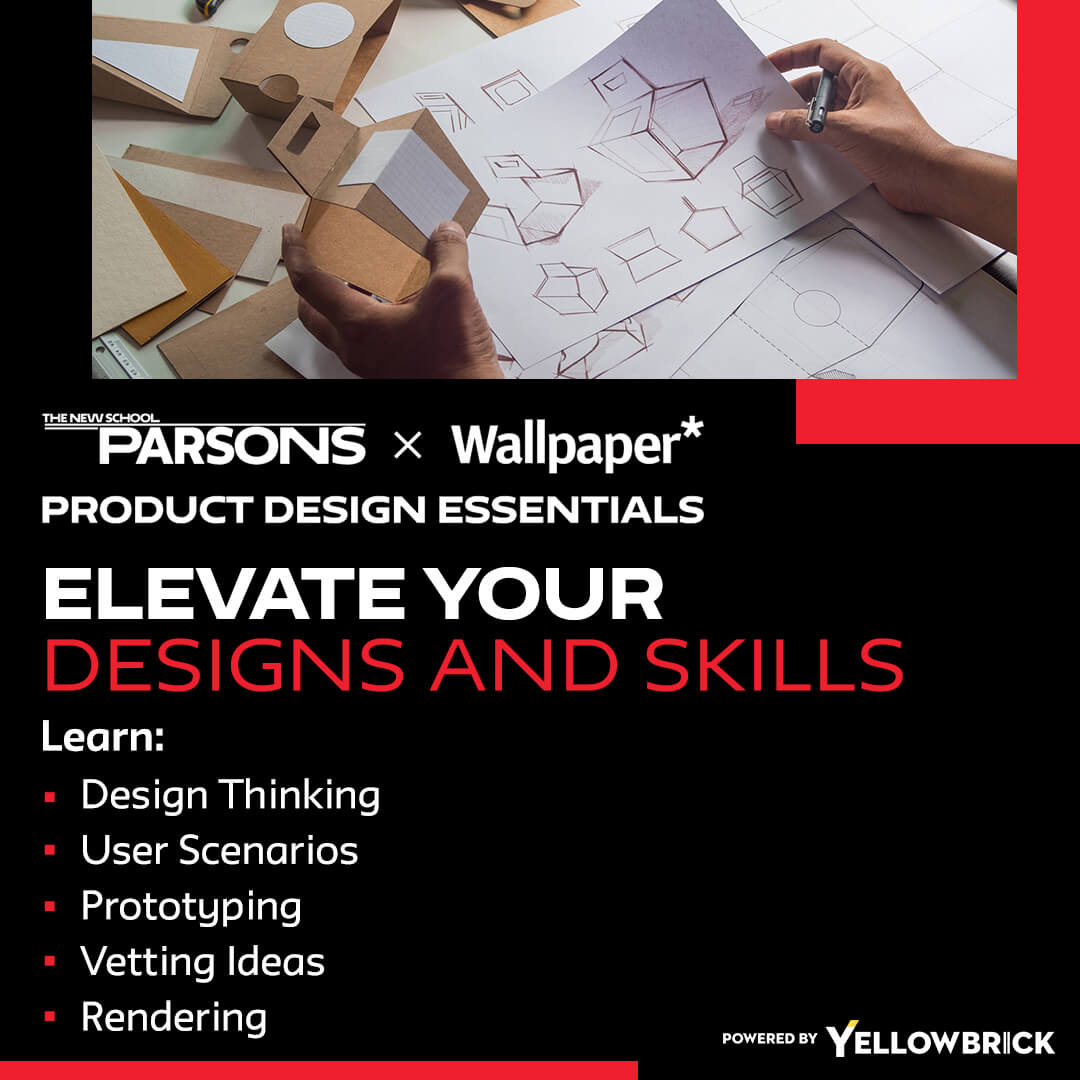User research is the foundation of effective product design. It helps designers understand users’ needs, behaviors, and pain points, enabling them to create solutions that truly resonate. Whether you’re designing a mobile app, website, or physical product, integrating research into your process ensures your design decisions are backed by real insights—not assumptions.
In this article, we’ll explore the role of prototyping in user research, essential tools, best practices, and career opportunities in this growing field.
The Role of Prototyping in User Research
Prototyping plays a key role in validating ideas through user feedback before final development. By creating interactive models of a product, designers can test functionality, gather feedback, and uncover usability issues early on.
- Visualize ideas quickly: Prototypes help turn abstract concepts into tangible experiences
- Identify usability issues: Early feedback from users reveals problems before they become expensive to fix
- Improve collaboration: Stakeholders and teams can interact with a prototype, aligning everyone’s understanding
- Accelerate iteration: Testing ideas through prototypes leads to faster design refinements
Essential Tools for Prototyping and Research
Choosing the right tools helps streamline the research and prototyping process. Here are some of the most widely used platforms in the industry:
- Figma: Great for collaborative design, wireframes, and interactive prototypes
- Adobe XD: Ideal for designing and testing user flows with responsive layout features
- Maze: A powerful tool for remote usability testing and rapid user feedback
- Lookback: Useful for live interviews, screen recordings, and user testing sessions
- Optimal Workshop: Specializes in card sorting, tree testing, and information architecture validation
Best Practices for Effective User Research
Applying best practices ensures your research yields actionable insights and drives better design outcomes.
- Start with clear goals: Define what you need to learn from your users and why it matters
- Choose the right methods: Combine qualitative and quantitative approaches (e.g., interviews, surveys, usability tests)
- Recruit real users: Ensure participants reflect your target audience for relevant results
- Prototype with purpose: Match the fidelity of your prototype to the stage of your project
- Test early and often: Regular testing helps uncover issues throughout the design process
- Document insights clearly: Use visuals, quotes, and summaries to communicate findings effectively to your team
Career Paths in User Research and Prototyping
As companies increasingly prioritize user experience, careers in research and prototyping continue to expand. Here are some common roles in this field:
- UX Researcher: Plans and conducts user research studies to guide product decisions
- Product Designer: Combines design and research to create functional, user-centered products
- Interaction Designer: Focuses on how users interact with a product, often using prototyping to test workflows
- Design Strategist: Translates research insights into high-level product and business strategies
- Usability Analyst: Evaluates product usability through structured testing and analytics
- Research Ops Specialist: Supports and scales the research process, ensuring consistent quality and efficiency
Conclusion
User research is more than just asking questions—it’s about building products that solve real problems. By incorporating prototyping, using the right tools, and following proven best practices, designers can create better user experiences and drive business impact. Whether you’re a beginner or advancing in your career, developing strong research and prototyping skills opens doors to meaningful and rewarding roles in the design industry.
Key Takeaways:
- User research is crucial in ensuring products meet user needs and expectations.
- Top 10 jobs in user research include UX Researcher, UI Designer, and Product Manager.
- Skills like research methods, empathy, and critical thinking are essential for success.
Consider enrolling in the Parsons Product Design Essentials online course by Yellowbrick to advance your skills in user research.








